"The most heartwarming thing was to receive nice words about my music from Aphex Twin": Sign Libra takes us inside the making of her intensely personal third album
Latvian producer Agata Melnikova is harnessing old-school software for a cutting-edge sound on Hidden Beauty
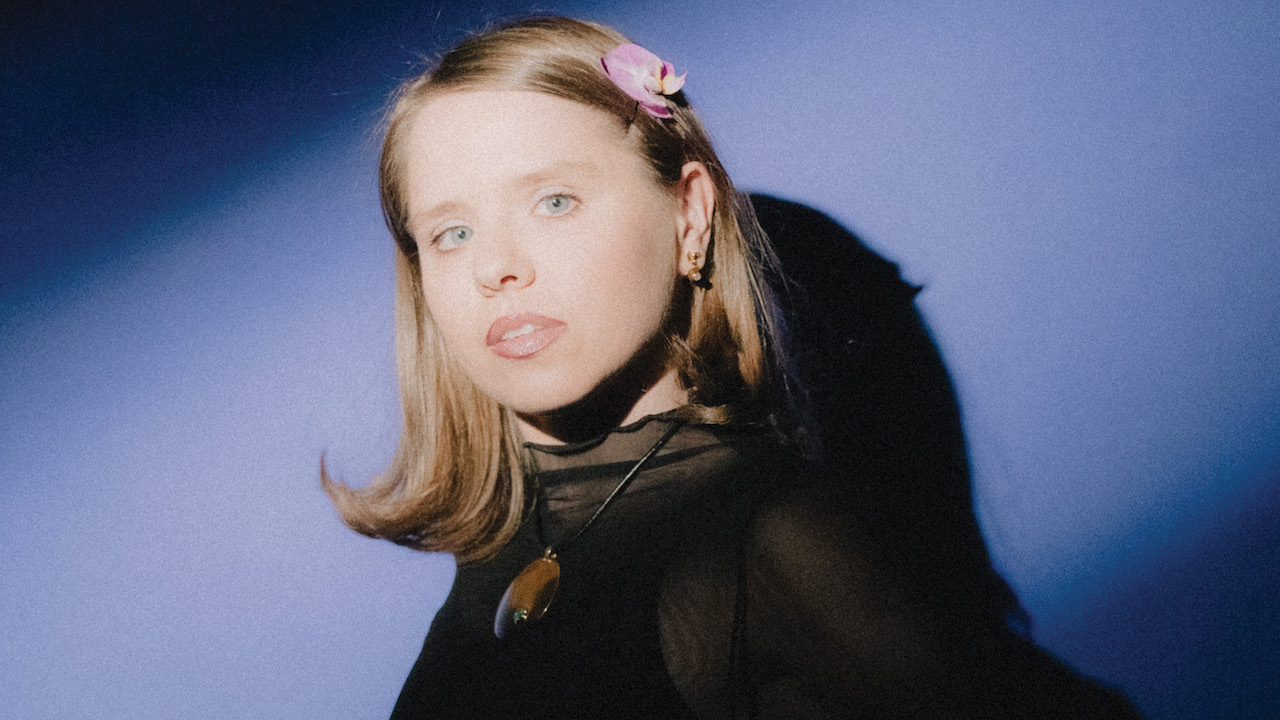
With its lo-fi camcorder aesthetic, and repeated shots of a chunky old desktop computer keyboard, you’d be forgiven for thinking that the music video for Sign Libra’s Le Chat was filmed back in the mid-’90s, and recently dug out of your parents’ attic. Yet Sign Libra – the artistic persona of Latvian musician Agata Melnikova – couldn’t be more 21st century.
Operating entirely in-the-box, Sign Libra creates arresting arrangements, dominated by her expressive, lyric-free vocalising. Fixated on the intricacy and beauty of nature in both a physical and personal sense, her albums to date (2018 debut Closer to the Equator, and 2020’s follow-up Sea to Sea) both explored different facets of the natural world, but Agata’s latest record, Hidden Beauty takes a more introspective angle. Across its ten tracks, she delves into the various facets of female nature.
“I didn’t want this album to be straightforward in its concept, but rather like a collage, a puzzle,” Agata tells us. “There are personal themes, like loneliness, acceptance of your body, ageing, overcoming your fears. These topics are pretty serious, but with music I wanted to make them more lighthearted, keeping in a dreamy state of mind.”
We wonder how Agata’s journey first began, and why it was that she chose music as her art form. She takes up the story: “Since early childhood, I was inspired by both nature and synthesiser sounds I heard on ambient and new-age music cassettes owned by my parents.
Since early childhood, I was inspired by both nature and synthesiser sounds I heard on ambient and new-age music cassettes owned by my parents
“My professional relationship with music started when I entered Emīls Dārziņš Music School [locally known also as a junior music conservatory] in the piano department in 1995 in Riga. A few years later, I switched to the music theory and history department, where I was learning to write instrumental pieces at the composition classes. Already back then, these little compositions had nature-themed titles and neo-classic touches.”
When she finished her studies at this respected music school, Agata continued to delve into musicology at the Latvian Academy of Music. “I tried to move away from the academic,” she says, “and find some middle ground.” Melnikova explains that she found the learning process in both institutions limited, and that they were lacking in musical variety.
Wanting to branch into more contemporary (and more exciting) domains, Agata began to pursue a parallel career as a DJ. “This really helped to expand my interest in different musical styles, mostly based on synthesiser sounds,” she says. “I began to figure out DAWs and VST plugins on my 13-inch laptop, and created my first demos.” Following her graduation in 2012, Agata threw herself in to developing her musical universe, and attended the Red Bull Music Academy in Montreal in 2016.
Want all the hottest music and gear news, reviews, deals, features and more, direct to your inbox? Sign up here.
She describes her early (and current) influences as eclectic and ever-changing: “They depended on my age and music-listening resources. Some of these influences are still relevant and inspire me to write music. The most heartwarming thing was to receive nice words about my music from Aphex Twin – that means a lot to me as an artist and as a simple human being, who deeply appreciates his works.”
I always dreamt of having some real synthesisers, but they are pretty expensive, and actually, for me it would be harder to perform alone live with the music. So, I am definitely a software girl
The Sign Libra project, defined by both Agata’s fixation with nature, and her lush, reverb-drenched vocalisations, would cement with the release of 2018 debut Closer to the Equator. The initial idea to express herself vocally without lyrics, came when her tried-and-tested method of composing melodies reached a dead end: “When creating compositions, I hum improvised motifs and then I apply them on a specific sound, found in VST plugins.
"When I was composing my first album, I couldn’t find a sound which would represent a particular melody or a motif. Then I understood that I should use my own voice as an instrument. So, the vocalisation came naturally, and I have continued this approach in the further works.”
Technically speaking, the studio hub of the Sign Libra project is, in Agata’s words, quite modest. “My set-up consists of a computer with DAW, an audio interface, a microphone and MIDI keyboards,” she tells us. “I always dreamt of having some real synthesisers, but they are pretty expensive, and actually, for me it would be harder to perform alone live with the music. So, I am definitely a software girl!”
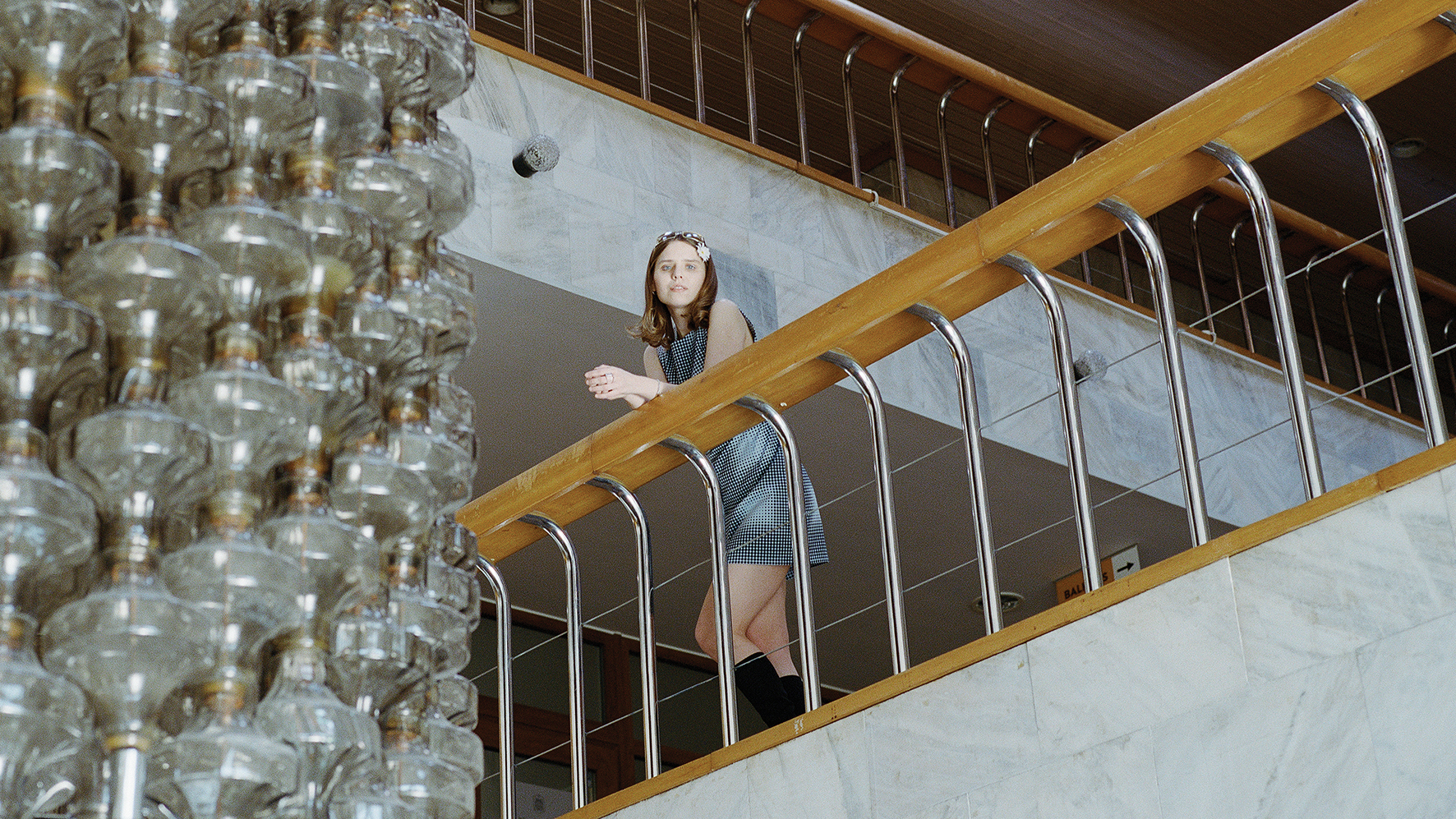
This independence is central to Agata’s production approach, and informed a lot of decision-making when writing and producing Hidden Beauty: “No additional musicians were involved in the album process, as I wanted to make another album solely by myself, to see if I am capable of doing that once again and somehow differently from my previous works.”
This particular album is a blend of sounds of [software versions of] Korg’s M1 and Wavestation alongside the Zebra
A big character on the album, and indeed Sign Libra’s whole software toolkit, is the popular soft synth u-he Zebra. First developed by u-he in the 2000s, it went on to become a central tool for sound designers working in the professional domain. Hans Zimmer was a fan, and Zebra’s wide-ranging footprint could be traced on the soundtrack of The Dark Knight and many other high-profile cinematic epics.
For Agata, it’s a core component of Sign Libra’s sonic palette. We learn this as she explains how Hidden Beauty evolves from her first two records. “After the spacious Sea to Sea, I wanted to make an album a bit more chamber-like and intimate in its sound. I wanted less audio tracks and something that was more of a sonic balance between Closer to the Equator and Sea to Sea. At the same time, I am exploring [Zebra]’s sounds a lot more, which I’d used slightly on Sea to Sea.”
Agata explains that she chooses software synths that invoke the spirit of those classic synths of yesteryear, but merges them together into entirely new forms. Mixing them effectively can take a while: “I tried to mix them in a balanced and, at the same time, experimental way. It is an important part of my creative process and takes time to figure out each composition’s sound palette, but it is worth it when you achieve the result you were imagining! This particular album is a blend of sounds of [software versions of] Korg’s M1 and Wavestation alongside the Zebra.”
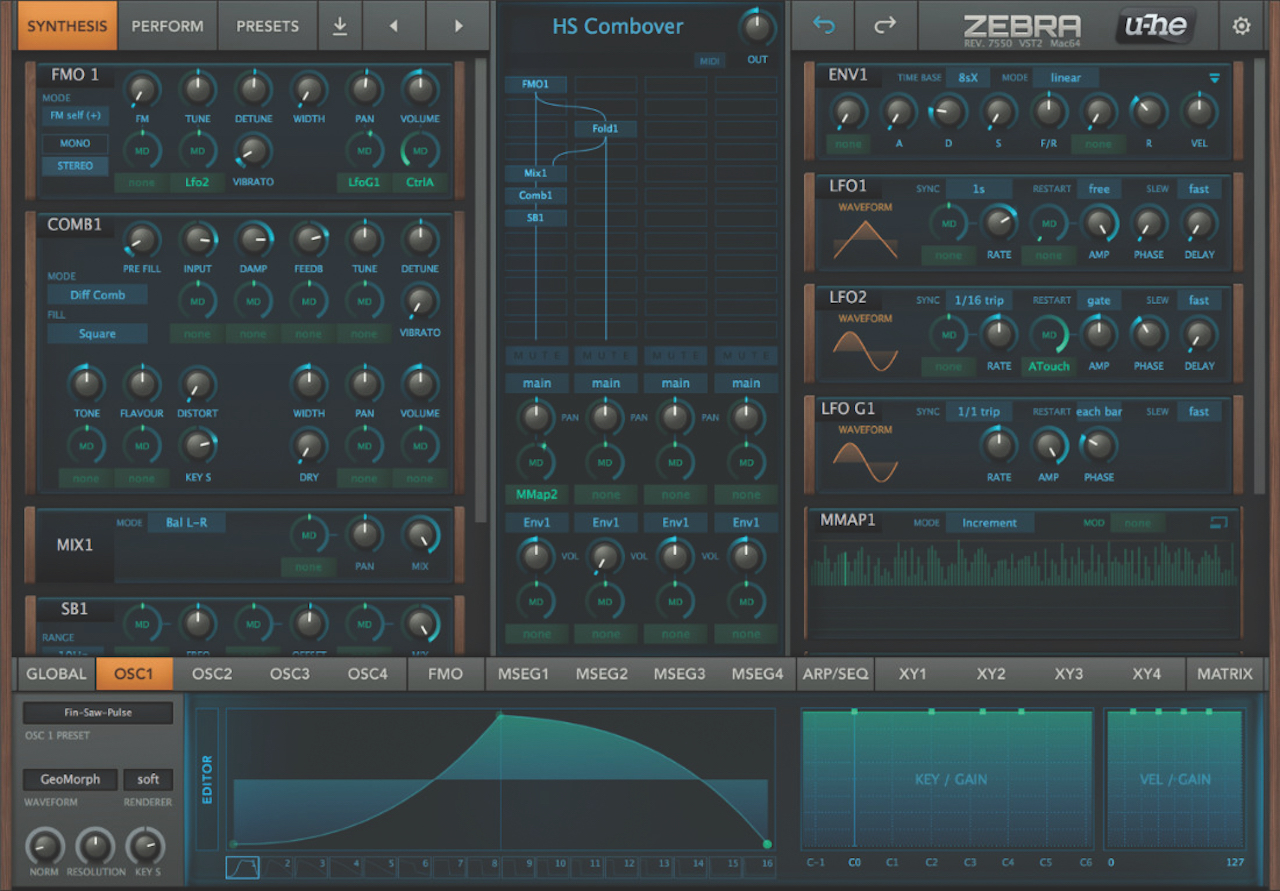
With this palette of infinitely bendable synths, Agata crafts the entirety of the record’s sounds, from the shifting sands of the record’s sensual second track Amber to pulsing closer Tambourine’s low-register rhythmic swells. Then there’s the wheeling, perplexing groove of Coco de Mer, the inviting delirium of Daybreak and the cold spray of the synth wave that impacts our ears on Zephyr – an ocean-like frenzy above which, crystalline lead lines and fractured proto‑melodies wheel.
Reverberation plays a big part in shaping the character of Agata’s vocals, even the character of the whole record, but particularly notable on the luscious Amber and the delicate Dégel. After years of tinkering, Agata is adept at choosing the right spatial qualities for her vocal to sit within. “I just know already which reverb type will work nicely with the vocals,” she says, “so I don’t think too much about this. For me it is important to use the main vocals in a natural way and with a slight or more deep reverb effect, where it is needed in my opinion.
"The vocals on Hidden Beauty sound more ‘present’ – with less reverberation, except for Amber and Dégel. In some songs there are ‘hidden’ musical allusions, but I would like to leave them to the listeners to guess. Overall, I think this is more of a pop album than my previous ones!”
Initially it was an idea for a contemporary art show, but it grew into a vision for a music album
A notable track, Carte Blanche divides its low end and the glistening high register sounds gorgeously, with some alluring textural additions such as a sax-type motif. It’s a heady musical stew that, unsurprisingly, it transpires took the longest to get right. Agata tells us that while tracks themselves could take a long time to finalise, the most time-consuming factor was deciding what they were going to be called. The title of the album is an allusion to the depths within. It’s a title that had been haunting Agata for some time…
“A long time before I started to work on the record, I had that title,” she says. “Initially it was an idea for a contemporary art show, but it grew into a vision for a music album.”
Perhaps the standout song on the record is the eccentric gem Le Chat. This quirky little slice of retro-leaning synth pop is the entry point into Hidden Beauty, and we ask Agata what the starting point for this peculiar composition was? “The starting point was the phrase, ‘Do you like the furry cat?’. I translated it from my native Russian to French via Google Translate, and it sounded pretty euphonious for me. Then, I simply recorded the Google Translate lady’s voice and used that as the main sample.
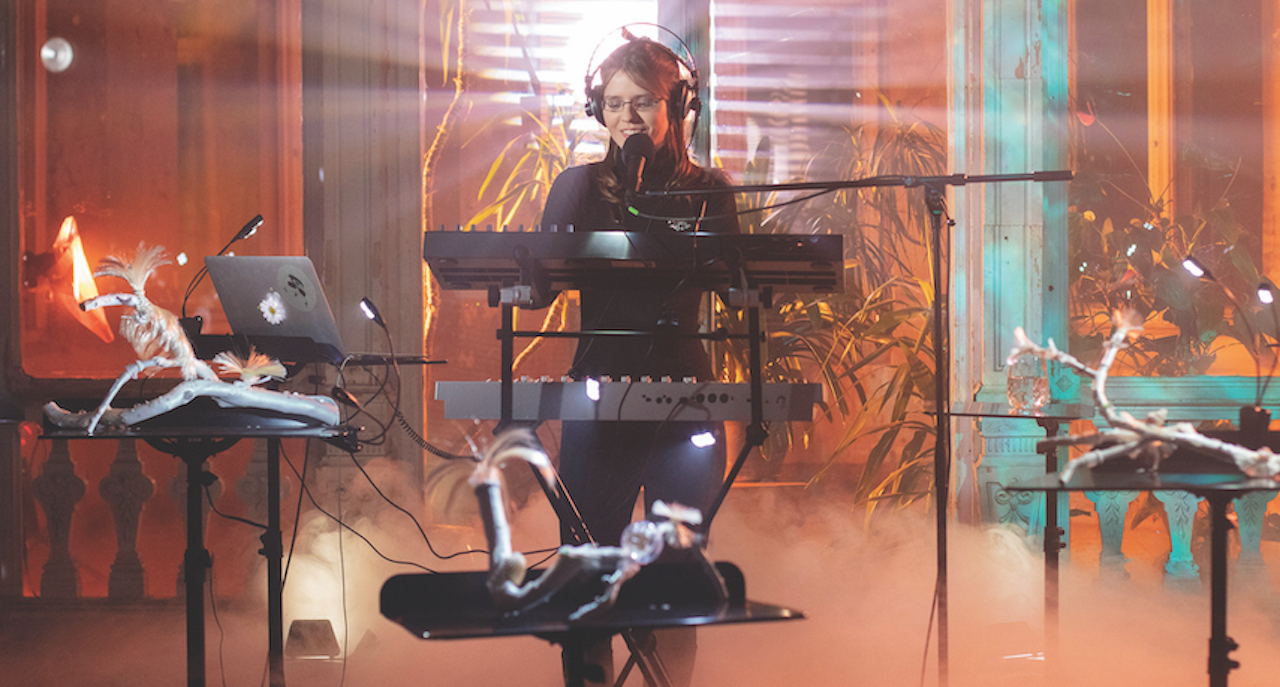
French language is quite ambiguous, and this phrase is a bit uncertain too and can be understood in a different, more piquant way. This is what I like the most in this track, and the sample ‘Aimez-vous le chat poilu?’ definitely set the mood and sound for the whole song. I chose it as the first single, because I had a clear vision for the music video, and I thought it would be a nice introduction to the sound of Hidden Beauty.
While the song’s core synth motif seizes listeners’ attention and keeps a mesmerising focus, other tracks take a more removed, abstract route to exploring the central themes of the album. “I didn’t want this album to be straightforward in its concept, but rather like a collage, a puzzle,” Agata tells us. “There are personal themes, like loneliness, acceptance of your body, ageing, overcoming your fears... These topics are pretty serious, but with music I wanted to make them more lighthearted, keeping in a dreamy state of mind.”
We wonder if Agata plans on continuing in this vein for her next project? “In the near musical future, I would like to create something more ambient and loop-based,” she replies.
There are personal themes, like loneliness, acceptance of your body, ageing, overcoming your fears
As mentioned, Agata prefers to work in isolation, but we wonder if playing live holds a big appeal to her, or whether she’d prefer to remain in-studio? “I am a homebody, so creating music is closer to me. Although, to play live in front of the people from time to time is healthy as well – it keeps you in a great performing shape, besides it is a nice opportunity to travel and meet like-minded people.”
Though Sign Libra is a big part of Agata’s creative mindset, there are other facets to her life that make her bristle when her work is deemed a ‘career’. “I don’t think I have a serious career,” she says. “For me, it sounds a bit too loud! I just make music when I have a muse and a wish. Apart from the Sign Libra project, I have another side of me as well – I have been a teacher of solfège for several years already.
“I think it is nice to balance between different jobs – it gives you mental recharge, emotional distraction from one job to another and material stability. So, my advice to anyone looking to make music as an artist could be: do in your work life what your heart and mind are asking and feel free to juggle between different sides of your identity…”


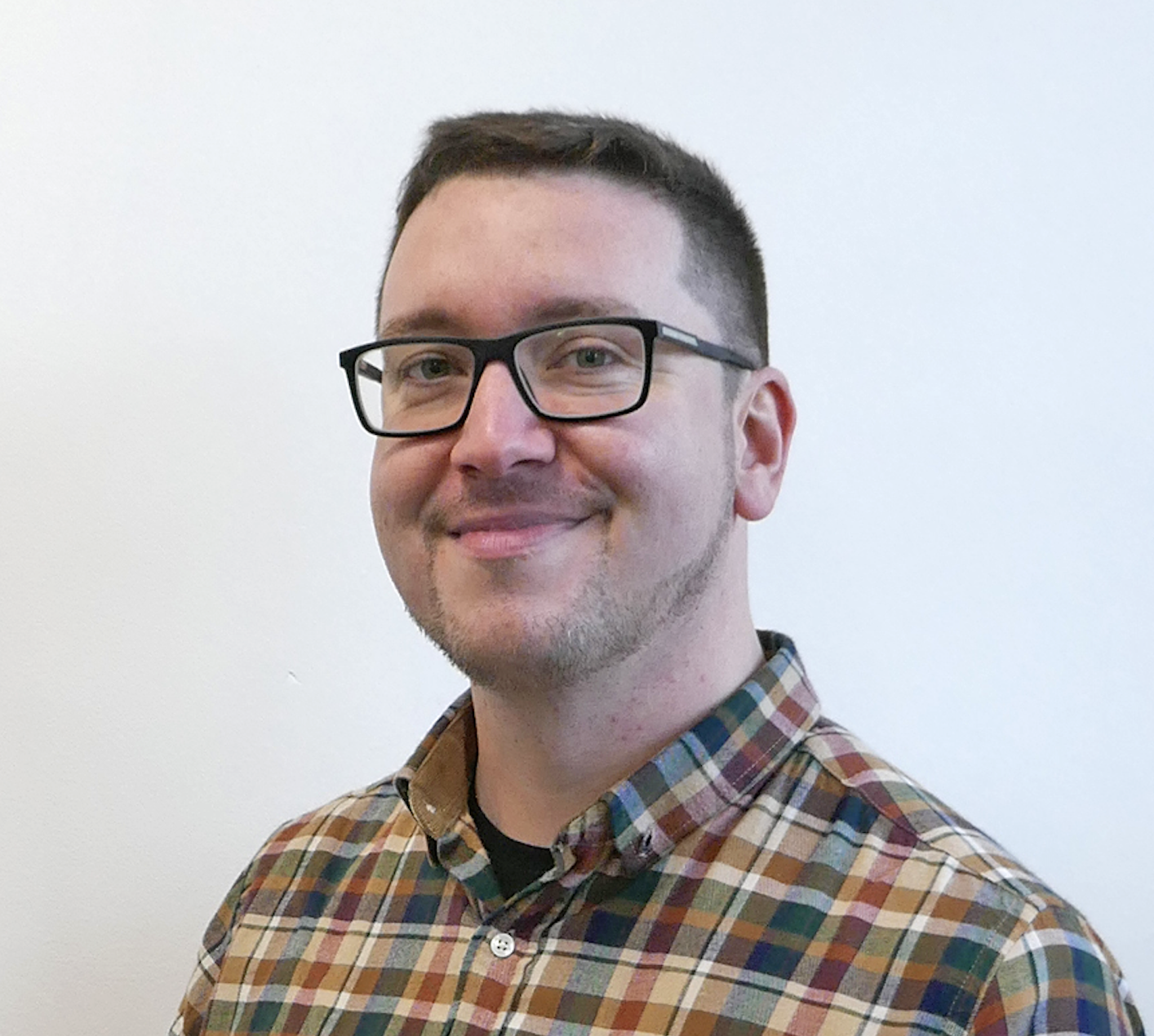
I'm Andy, the Music-Making Ed here at MusicRadar. My work explores both the inner-workings of how music is made, and frequently digs into the history and development of popular music.
Previously the editor of Computer Music, my career has included editing MusicTech magazine and website and writing about music-making and listening for titles such as NME, Classic Pop, Audio Media International, Guitar.com and Uncut.
When I'm not writing about music, I'm making it. I release tracks under the name ALP.